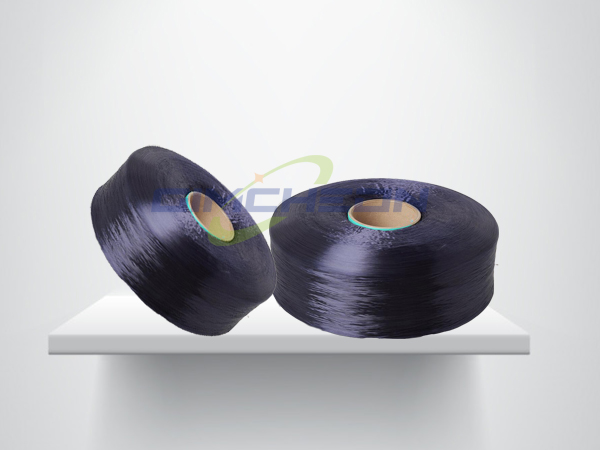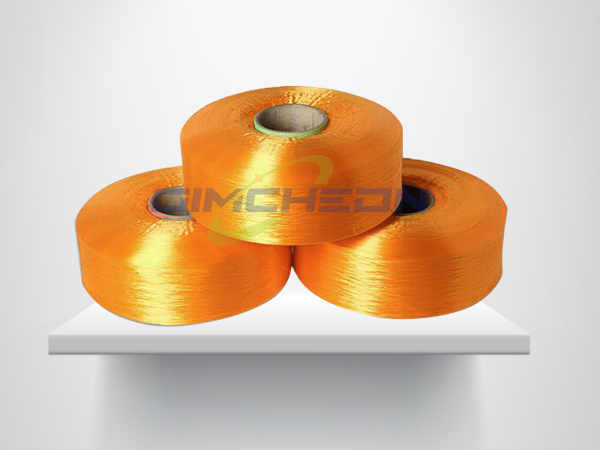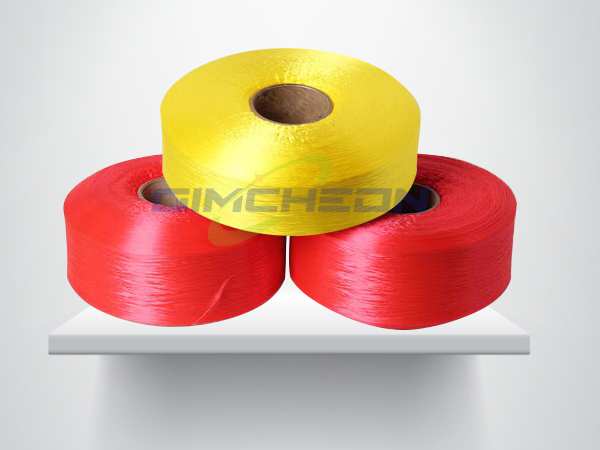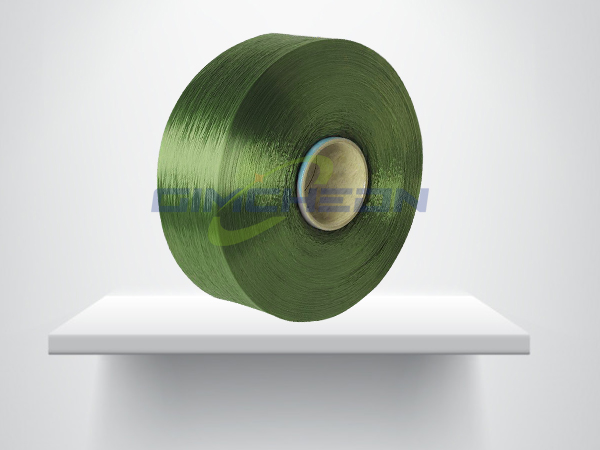

- Tel:0086-0595-83993333
- cel:0086-13506902333
- E-mail:admin@jqfibre.com
- add:Longshi Road, Fashion Apparel Industrial Park, Longhu Town, Jinjiang City, Fujian
The global epidemic is coming, and the textile and apparel industry is also moving in the economic recovery. The new situation accelerates the technology change of the industry, giving birth to new formats, new modes, and also triggered the transformation of consumer demand.
From the consumption mode, retail is transferred
The trend of retail wiring is obvious, and will continue to rise in a certain period of time. In the United States, the penetration of e-commerce will reach 24% in 2019, but in July 2020, the online sales share has reached 33%. In 2021, although the anxiety of the epidemic continued but US clothing spending quickly rebounded and has a new growth trend. Global clothing spending growth is expected to be optimistic, the impact of the epidemic gives people will continue, the big trend of online sales is thus accelerated and continued.
Although the epidemic causes a fundamental change in consumer shopping model, the online sales is rapidly, but even if the epidemic is completely end, the online mounting mode of the online line will also be fixed to become a new normal. According to statistics, 17% of consumers will purchase all or most of the items online, and the group purchased only by the store is also reduced by 51% of the previous 71%. Of course, for clothing purchases, the physical store still has the advantages of trial, easy to consult.
From consumer products, sportswear and functional clothing will become new hotspots in the market.
The epidemic further caused consumers' attention to health, and the sportswear market will usher in great development. According to statistics, last year China's sportswear sales were $ 19.4 billion (mainly including sportswear, outdoor clothing, and sports of sports), it is expected to increase by 92% after 5 years; the US sportswear sales have reached 70 billion US dollars. And in the next five years, it will grow at 9% annual growth rate.
From consumers, it is more likely to attract consumers with moisture absorption sweating, temperature control, except for odor, wear resistance, molding water. According to the report, 42% of respondents believe that wearing a comfortable clothing can improve mental health, let them feel happy, calm, casual and even safe. Compared with the artificial fiber, 84% of respondents believe that cotton clothing is the most comfortable, and the consumer market of cotton textile products still has a large development space, and the functional technology of cotton should be more concerned.
From the consumption concept, sustainable development has received more attention
From the current trend, consumers have a high expectation of sustainability of clothing. I hope that from clothing production to recycling can reduce environmental pollution in a more environmentally friendly approach. The survey results show that 35% of respondents realized that plastic particulate contamination, and 68% of them claimed that this will affect their clothing purchase decisions. This requires that the textile industry needs to depart from raw materials, pay attention to material degradability, and guide consumers' purchase decisions through the popularity of sustainable concepts.
In addition to degradability, from consumers, improve durability, reduce resource waste, is also one of the means of sustainable development. Ordinary consumer habits are judged with the durability of the washing and fiber ingredients. It has been more favored from the emotions of cotton products from the emotion of the clothes. Based on consumers' quality and durability requirements of cotton, the wear resistance and fabric strength of cotton fabrics are needed in the improvement of woven fabrics.
- Where does the core value of Pol
- The Third International Conferen
- The charm of Polypropylene light
- The Textile Chemicals Branch of
- The use and storage of Polypropy
- Important developments have emer
- Jinjiang Deko Textile Co., Ltd.
- The Trump administration has tak
- What are the characteristics of
- The threat of tariffs is hard to




